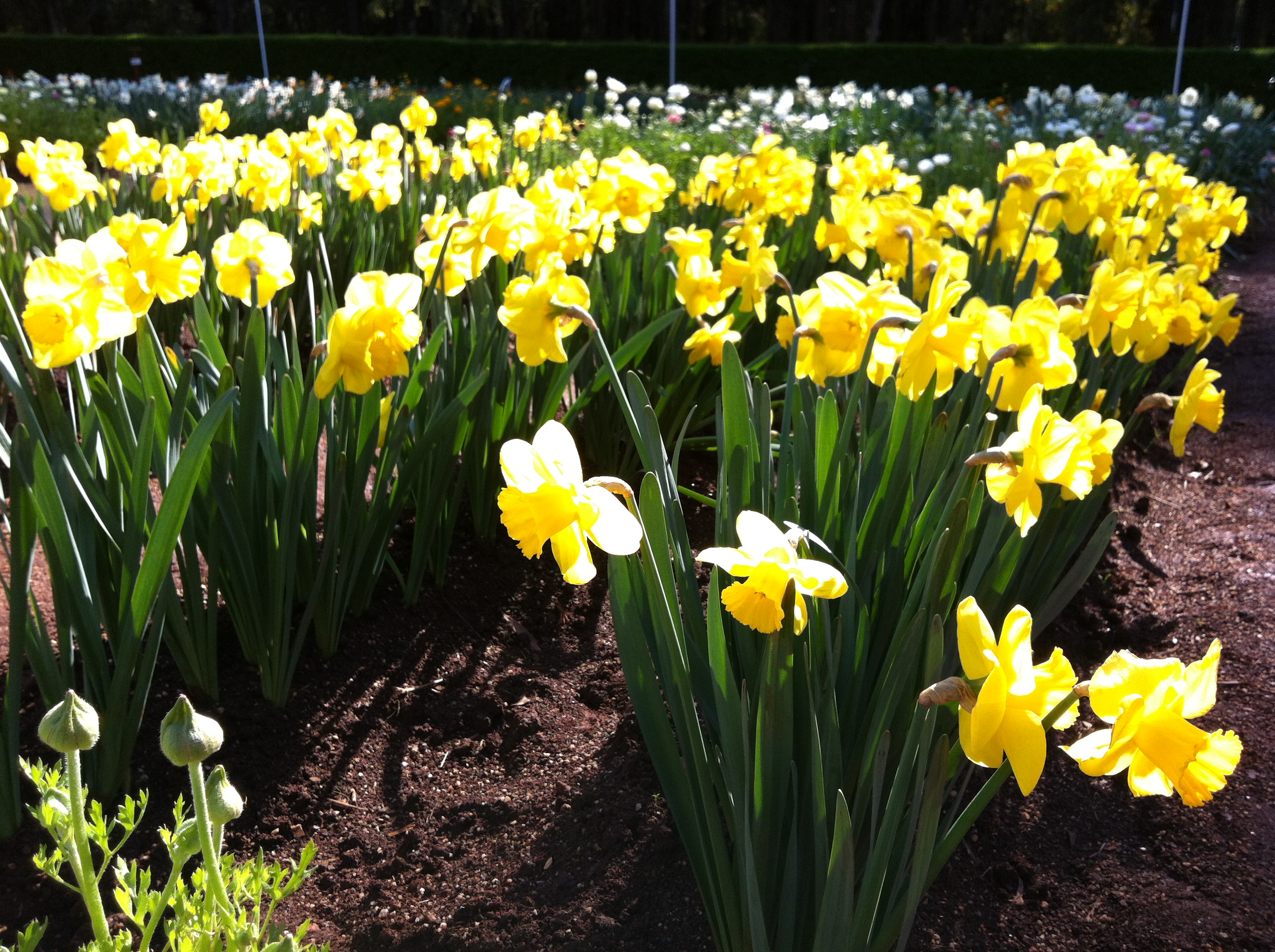Blog
Flower growing….where do our flowers come from?

Don’t ask, don’t tell: what’s the true price of our flowers?
An Australian wholesaler told me a few years ago that the roses I was admiring in their warehouse had been imported from Kenya. The reason the roses’ bud form persisted during the flight and other supply chain stages involved in getting them to the warehouse was that the roses were all dipped – pre-export – in herbicide, I was told. Does the job, so why not?
It made me think about where our flowers come from, how they have been produced, who is involved in getting them to us (and at what cost to them in terms of their health or life quality). For some reason I wasn’t able to visualise the ‘flower dippers’ using state-of-the-art occupational health and safety procedures. So I set out to find out if my lack of insight reflected reality. After reading a bit and watching some DVDs produced about the conditions on South American and Kenyan farms I concluded that there was lots wrong in the world of floriculture. Don’t know why I was surprised, given that I had long previously concluded there was a lot wrong in most other global industries.
According to the Kenya Flower Council, 10,946 tons of cut flowers were exported from Kenya in 1988 and 121,891 tons in 201; that’s greater than an eleven-fold increase in 23 years. The Council also estimates that over 500,000 people depend on the flower farming industry, 90,000 of them as flower farm employees. Over 87% of the exported flowers are roses, most ultimately bound for Europe (including the UK), Japan, Russia and the USA.
That’s big, big business and lots of change in the economic and social fabric of a country in a short period. Reports of poor working, environmental and living conditions on and around the flower farms have been abundant over the same period. Issues of underpayment, exposure to chemicals, harassment and generally harsh conditions have been documented by workers, activists and researchers.
Many reports now say there have been steady improvements in the farms’ conditions, and in the lives of their workers and others affected by the enormous amount of land, water and chemicals the industry uses. Other reports continue to heavily criticise the situation and deny any real change for the better.
What is the true social, economic and environmental cost of that bunch of flowers in our supermarket or florist retailer? What would be a fair price to charge or pay for it, all things considered? Quite simply, more often than not, we don’t know and – like the USA military of old – we don’t ask.
Should we?
Janet